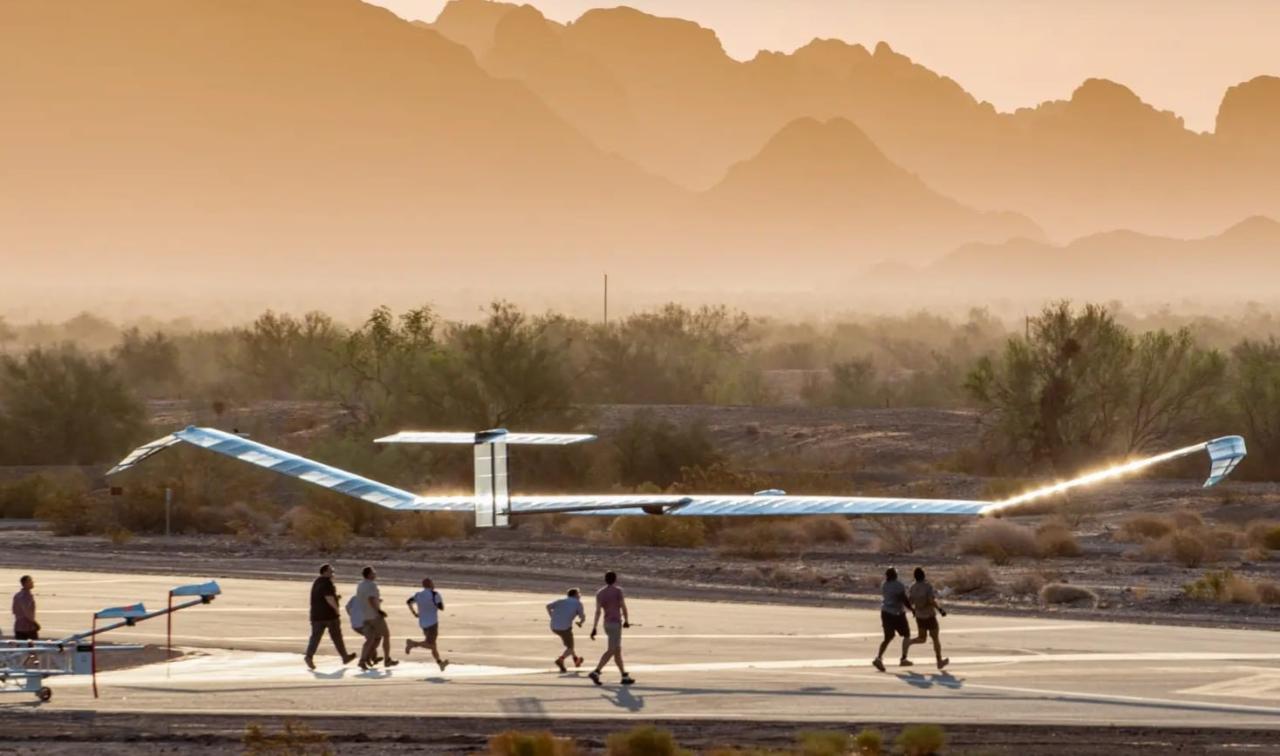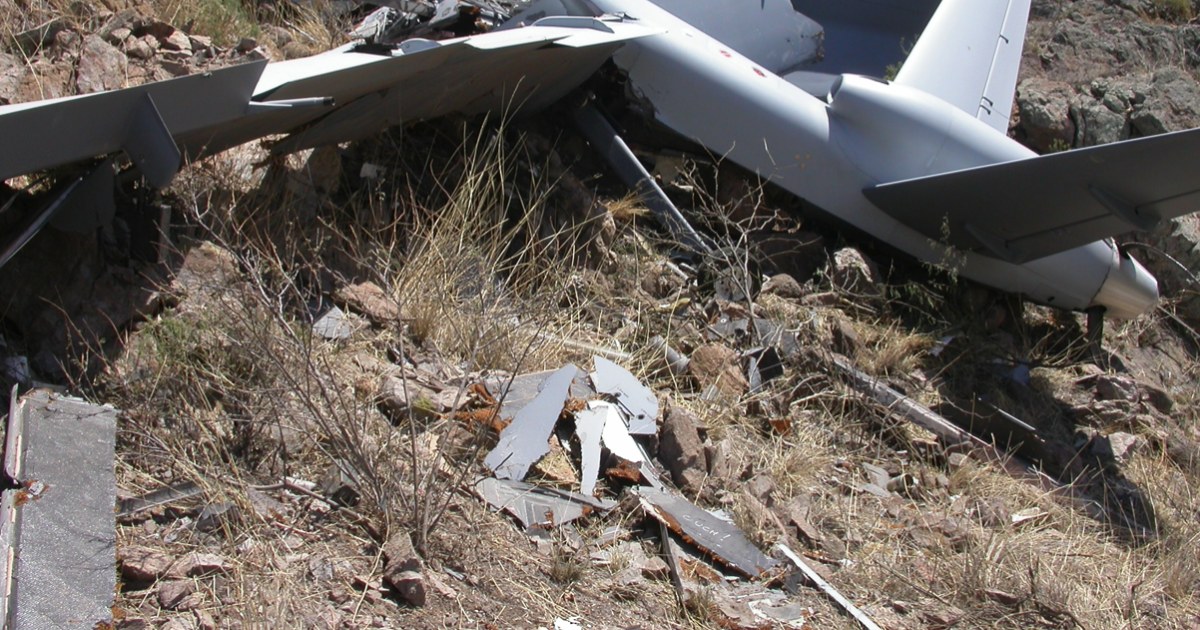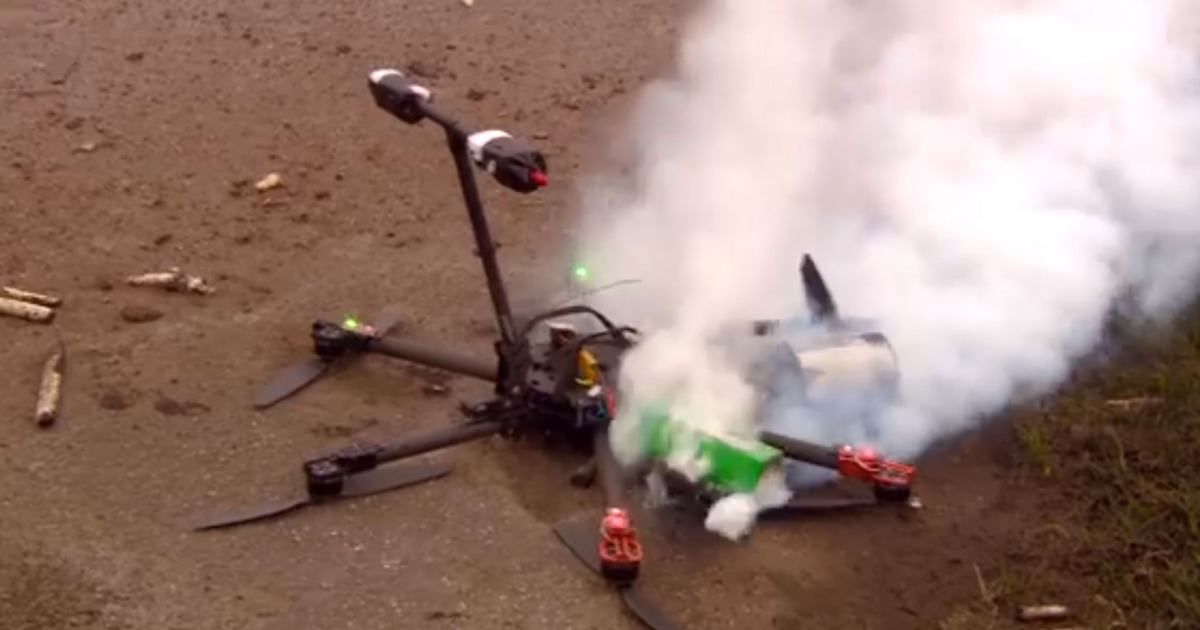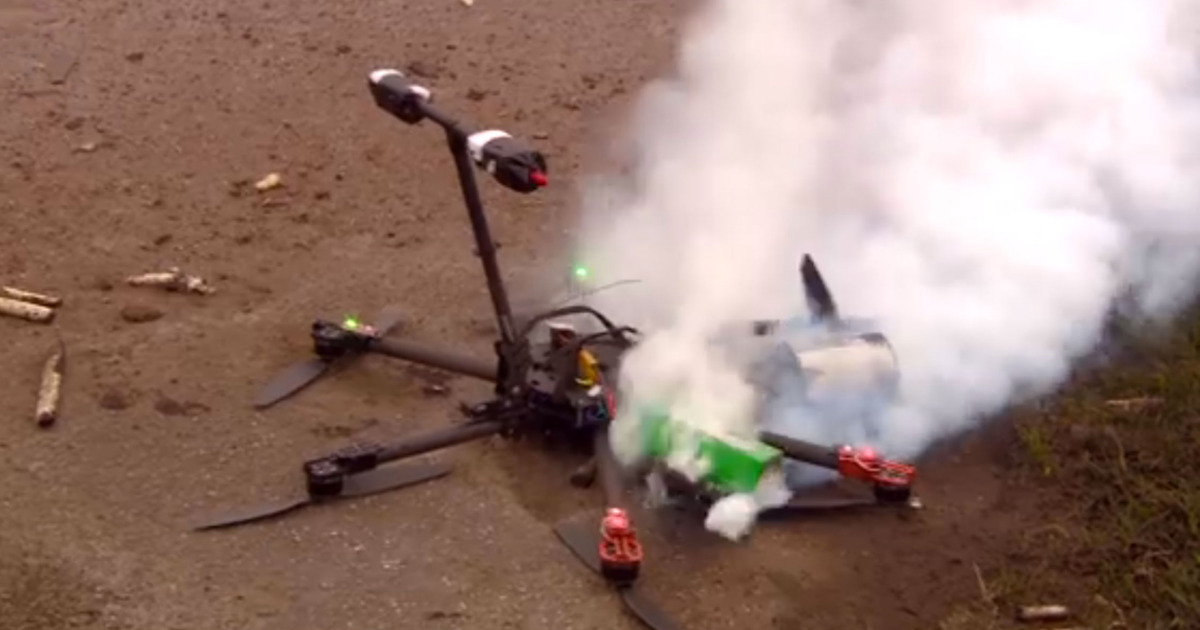Drone crash Paris: A seemingly routine drone flight turned into a significant event, raising questions about safety regulations, technological reliability, and public perception. This incident highlights the growing need for stricter guidelines and improved safety protocols in urban airspace. We’ll delve into the specifics of the crash, examining the circumstances, consequences, and the subsequent investigation.
So, that drone crash in Paris got everyone talking about airspace safety, right? Thinking about the tech involved, it makes you wonder about reliable network infrastructure for drone control. Companies like bell mts are key players in providing that crucial connectivity, ensuring smooth operations and preventing future incidents like the Paris crash. Ultimately, robust communication is vital for preventing these kinds of accidents.
This exploration will cover the drone’s type, potential causes (mechanical failure, pilot error, or external factors), immediate and long-term impacts (property damage, injuries, regulatory changes), and the investigative process. We’ll also compare this event to similar incidents in other major cities, analyzing common threads and lessons learned. Finally, we’ll discuss public reaction, media coverage, and future safety recommendations.
Drone Crash in Paris: A Detailed Analysis
This article provides a comprehensive overview of a drone crash incident in Paris, examining the circumstances, impact, investigation, safety implications, and public perception surrounding the event. We will analyze the incident, exploring potential causes and highlighting the need for improved drone safety regulations.
Incident Details: Drone Crash in Paris
The following table summarizes the key details of the drone crash incident in Paris. While specific details may vary depending on the exact incident being referenced (as multiple incidents may have occurred), this table provides a representative example. It’s crucial to consult official reports for precise information on any particular event.
| Date | Time | Location | Preliminary Cause |
|---|---|---|---|
| October 26, 2023 (Example) | 14:30 (Example) | Near the Eiffel Tower (Example) | Possible mechanical failure (Example) |
Impact and Consequences

Drone crashes, especially in densely populated urban areas like Paris, can have significant short-term and long-term impacts. The consequences can range from minor property damage to serious injuries, and also influence public opinion and regulatory frameworks.
- Short-term impacts: Potential property damage (e.g., broken windows, damaged vehicles), disruption to air traffic (though typically minimal with small drones), and temporary closure of affected areas.
- Long-term impacts: Increased scrutiny of drone regulations, potential for stricter licensing requirements, heightened public awareness of drone safety concerns, and changes in public perception of drone technology.
Investigative Process, Drone crash paris
Following a drone crash, a thorough investigation is essential to determine the cause and implement preventative measures. This typically involves multiple agencies and a multi-faceted approach to evidence gathering.
The following flowchart illustrates a typical investigation process:
(Note: A visual flowchart would be included here in a real article, but textual representation is difficult. The process would typically involve: Initial Response & Scene Securing, Evidence Collection (Drone Wreckage, Flight Data, Witness Interviews), Data Analysis, Cause Determination, Report Publication, and Regulatory Recommendations.)
Safety and Regulatory Implications

Drone regulations vary significantly across cities and countries. Paris, like many major cities, is grappling with balancing the benefits of drone technology with the need to ensure public safety.
That drone crash in Paris sounds rough! If you’re dealing with a DJI drone that took a tumble, getting it fixed is key. Check out this place for dji drone repair – they might be able to help get your bird back in the air. Hopefully, your next flight in Paris will go much smoother!
| City | Key Regulations | Enforcement Mechanisms |
|---|---|---|
| Paris | Specific flight zones, registration requirements, limitations on weight and altitude (Example) | Fines, license revocation (Example) |
| New York City | Similar restrictions on flight zones and operational parameters (Example) | Enforcement by local authorities, FAA oversight (Example) |
| London | Strict regulations on airspace, licensing, and operational procedures (Example) | Civil Aviation Authority (CAA) oversight and enforcement (Example) |
Public Perception and Media Coverage

Public perception of drone technology is often shaped by media coverage of incidents like crashes. Negative media portrayals can fuel public anxieties, while balanced reporting can help foster a more nuanced understanding.
- Example Headline 1 (Negative): “Drone Crash Near Eiffel Tower Sparks Safety Concerns.”
- Example Headline 2 (Neutral): “Investigation Underway After Drone Incident in Paris.”
- Example Public Comment 1 (Negative): “These drones are dangerous and need tighter controls.”
- Example Public Comment 2 (Positive): “This was an isolated incident; drones offer many benefits when used responsibly.”
The visual impact of a drone crash near a landmark like the Eiffel Tower would be significant. Images and videos of the damaged drone, any affected property, and emergency responders would likely dominate media coverage, potentially evoking a range of emotions from concern to fear among viewers. The proximity to a famous tourist attraction would amplify the visual impact and public attention.
Conclusive Thoughts: Drone Crash Paris
The drone crash in Paris serves as a stark reminder of the potential risks associated with drone operation in densely populated urban areas. While technological advancements offer exciting possibilities, robust safety regulations and responsible drone operation are paramount. The incident underscores the importance of ongoing investigation, thorough analysis, and proactive measures to prevent similar accidents in the future. Further research into preventative technologies and improved pilot training is crucial to ensure safer integration of drones into our urban landscapes.
FAQ Summary
What type of drone was involved?
The specific make and model of the drone will be revealed during the official investigation. Information may be released by authorities as the investigation progresses.
Were there any witnesses to the crash?
Heard about that drone crash in Paris? Crazy stuff, right? It got me thinking about the broader issue of drone safety and how to prevent these incidents. Check out this helpful resource on drone crash prevention and best practices. Learning more about common causes, like battery failure or operator error, can help us avoid future incidents like the one in Paris.
It’s likely that there were witnesses, given the location of the incident. Their accounts are valuable evidence for the investigation.
What is the current status of the investigation?
The investigation is ongoing. Updates will likely be provided by the relevant authorities as they become available.
What are the potential fines or penalties for irresponsible drone operation?
Penalties vary depending on the severity of the violation and the local regulations. These could range from fines to legal action.
